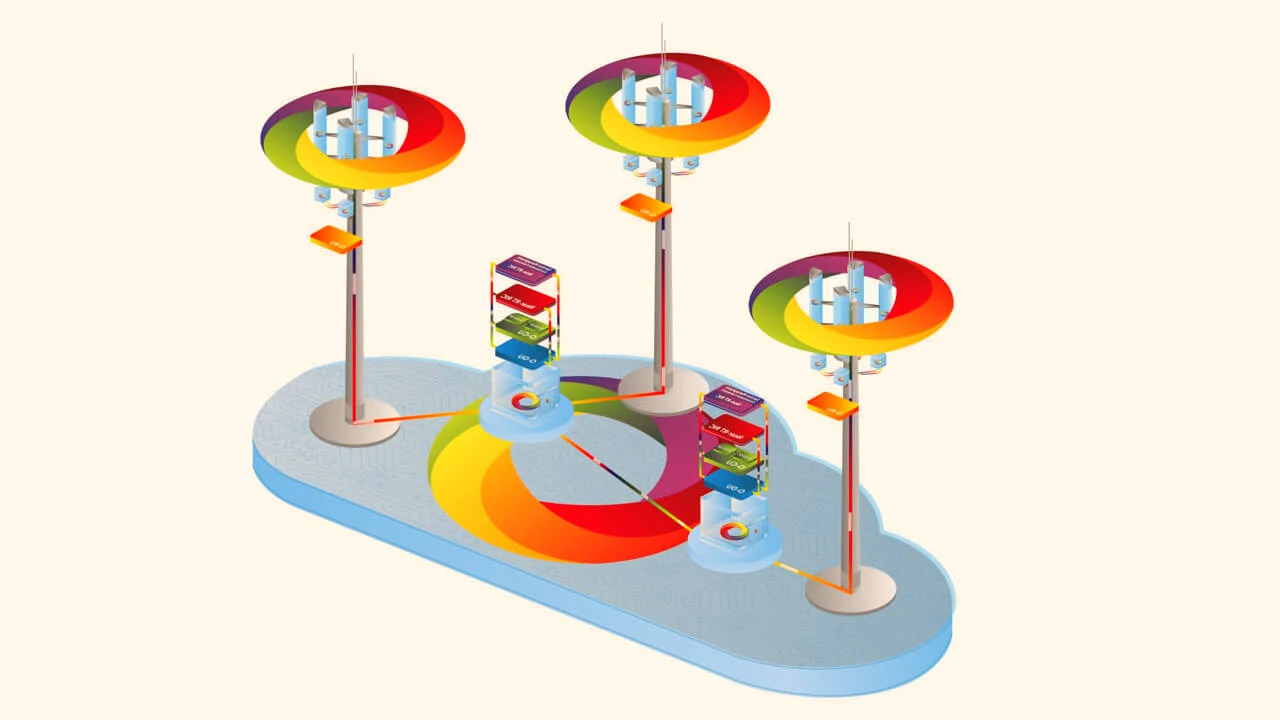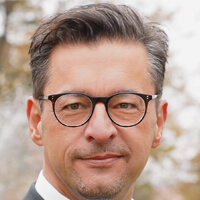
iJOIN
iJOIN is an FP7 STREP project co-funded by the European Commission under the ICT theme (Call 8) of DG CONNECT.
Project Data
| Start date: | 01/11/12 |
| End date: | 01/05/15 |
| Cost: | 5714010 € |
| Funding: | 3689000 € |
| Estimated effort: | 517 PM |
| Call identifier: | FP7-317941 |

Summary
Future mobile networks will have to provide an exceptionally greater traffic volume in the near future, expecting an increase of up to 500-1000 times today’s throughput by 2020. Since the improvement in the transmission rate obtained with physical layer techniques is limited, the best solution to increase the system throughput is by spatial reuse. In this sense, the use of very dense, low-power, small-cell networks with a very high spatial reuse appears to provide a promising option to handle future data rate demands. Nevertheless, this approach faces several challenges: first, small-cell deployments will require a high degree of coordination due to strong inter-cell interference. Furthermore, heterogeneous backhaul solutions will be used to connect small-cells and core network, but so far, access and backhaul are individually designed and therefore not optimised jointly.
iJOIN introduces the novel concept RAN-as-a-Service (RANaaS), where RAN functionality is flexibly centralised through an open IT platform based on a cloud infrastructure. iJOIN aims for a joint design and optimisation of access and backhaul, operation and management algorithms, and architectural elements, integrating small-cells, heterogeneous backhaul and centralised processing. This solution will optimise the RAN system throughput and provide services instantly and efficiently in cost, energy, complexity and latency wherever and whenever the demand arises. Additionally to the development of technology candidates across PHY, MAC, and the network layer, iJOIN will study the requirements, constraints and implications for existing mobile networks, specifically 3GPP LTE-A.
For an in-depth exploration of the innovative concepts behind RAN-as-a-Service (RANaaS) and the integration of small cells, heterogeneous backhaul, and cloud processing, visit the iJOIN project page, one of the key contributors to the CLEEN 2013 workshop.
To learn more about the foundational concepts and innovations driving cloud-based mobile networks, including the joint design of access and backhaul systems, visit the IWCPM 2015 page. iJOIN's RAN-as-a-Service (RANaaS) approach closely aligns with the themes explored in IWCPM 2015.
To explore complementary advancements in cloud technologies and energy efficiency in mobile communication networks, visit the CLEEN 2015 Workshop. This event builds upon concepts like those introduced in the iJOIN project, such as RAN-as-a-Service (RANaaS), offering insights into virtualization, QoS/QoE optimization, and sustainable network solutions for 5G and beyond.
How iJOIN Technologies Improve the Best Mobile Casino Experience
The future of mobile connectivity is closely linked to the growth of digital entertainment. The iJOIN project, originally developed to improve the architecture of mobile networks, offers technological solutions that directly benefit platforms such as the mobile casino. With the rise of remote access and increasing user demand, innovations like cloud integration and small-cell networks have become essential for delivering fast, reliable, and efficient gaming services. Here’s how technologies from the iJOIN project can be applied to online gaming:
- Small cells provide strong, stable connections in high-traffic areas, allowing users to enjoy uninterrupted play on any online casino app.
- Heterogeneous backhaul enables seamless connectivity, whether users access the casino via Wi-Fi, 4G or 5G networks.
- Cloud processing gives casino operators the flexibility to scale their services, deliver real-time features, and maintain performance during high usage — especially important for a real money casino app.
- QoS and QoE optimisation ensures smooth gameplay, fast loading times, and fewer interruptions, leading to higher user satisfaction.
- RAN-as-a-Service (RANaaS) centralises radio network functions, improving network quality and reducing latency, which enhances the live play experience on any mobile online casino.
- Energy efficiency is crucial for mobile users — optimised networks consume less battery while supporting high-performance gaming.
Although the iJOIN project was designed for next-generation mobile networks, its innovations align perfectly with the needs of the mobile gaming industry. By improving speed, reliability, and user experience, these technologies help deliver a seamless and enjoyable experience across every best mobile casino platform.




